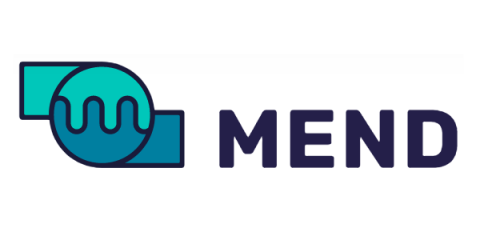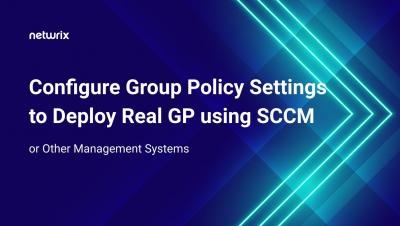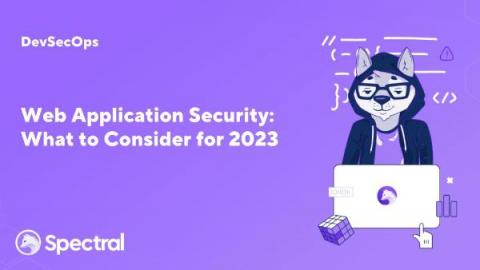Why Building a Modern AppSec Program is Vital for Digital Business
This is the first of a six-part blog series that highlights findings from a new Mend white paper, Five Principles of Modern Application Security Programs. Be sure to look out for our upcoming blogs on each of the five principles. The COVID-19 pandemic accelerated the digitalization plans for global organizations by three years, while the adoption rate for digitized products and services increased by seven years.











